The Wheels on the Bus go Round & Round... but how do they Stop?
At the tail end of 2024 a Public Inquiry was held in front of Traffic Commissioner Kevin Rooney where the subject of brake maintenance practices was called into question. The operator in front of the Traffic Commissioner was Arleen Coach Hire & Services Ltd.
The operator had been called to the PI following increased scrutiny on its operation following a serious accident in November 2022 where one of the operator’s vehicles had overturned following a hill descent whilst carrying school pupils near Frome.
Thankfully no-one was seriously injured in the crash although it was subject to a full police investigation and three of the statutory directors of the company were taken to court. They were later acquitted of the charge of using a vehicle in a dangerous condition.
Whilst the crash did not form part of the Public Inquiry in Autumn 2024, it did bring the matter to the attention of the Office of the Traffic Commissioner and lead to a subsequent investigation into the Operator by the DVSA, which found numerous maintenance issues, including lack of control in many maintenance areas by the transport manager, and specifically with the maintenance of the brakes on the company’s 24 vehicles.
The TC highlighted that within the DVSA maintenance report it was stated that “on many safety inspections the brakes are adjusted. These vehicle are fitted with automatic slack adjusters; they do not require adjusting”. The TC went on to observe that “adjusting automatic slack adjusters is usually a clear indication of a technician who does not know what he or she is doing”. So, what are automatic slack adjusters and what should your maintenance team be looking out for on vehicles where they are fitted?
Automatic Brake Slack Adjusters:
Brake slack adjusters compensate for wear in both the brake lining and brake drum of a vehicle. The DVSA guide makes clear that an automatic slack adjuster eliminates the need for in-service manual adjustment.
All motor vehicles from 1st April 1995 and all trailers manufactured from the same date must have automatic slack adjusters fitted. For commercial vehicles, automatic adjusters are required on all axles on the following vehicles:
- Buses and coaches with more than 8 passenger seats
- Heavy goods vehicles (as defined)
- Trailers over 3.5 tonnes.
There are two types of automatic slack adjuster – ‘clearance sensing’ or ‘stroke sensing’. It is important to know what type is fitted to any vehicles you are operating and for your maintenance staff to understand the difference between the two and how they should be reset, if and when that might be required.
Common Mistakes with Automatic Brake Slack Adjusters:
There are two main categories of mistake when it comes to Automatic Brake Slack Adjusters. The first one is simply a lack of general lubrication on the equipment. The second however is the one that is seen more regularly, and that is unnecessary manual adjustment.
As the name suggests, ‘automatic’ slack adjusters should never need to be manually adjusted in service. In fact, repeated manual adjustment can “cause premature wear of the internal components and lead to early failure”. Adjusting a slack adjuster may mask a potential problem with the vehicle’s brakes by allowing a vehicle to pass a brake test which would allow the underlying issue not to be identified and therefore corrected.
The DVSA guidance of “Commercial Vehicles: maintain brake automatic slack adjusters” is useful in clarifying the various aspects that a maintenance team should be aware of.
Brake Test Reports:
The written decision in the Public Inquiry for Arleen Coach Hire & Services Ltd noted a “clear trend from the first [brake test] report and from the pre-inquiry follow up [brake text report]” that the brake test reports were not being properly scrutinised by the Transport Manager. The TC highlighted one test which showed that the parking brake effort on one of the vehicles had reduced by some 25% between inspections but that “no one seemed to notice”. Unfortunately, in answer to this matter Arleen Coach Hire & Services Ltd.’s Transport Manager tried to explain away the difference by saying it was because (1) the vehicle had a full tank of fuel and (2) the weather; explanations which the TC found to be “alarming”. Not surprisingly the Transport Manger lost his repute and was banned from holding a transport manager role for at least 12 months and until he had requalified. In April 2025 new guidance was issued on brake test reports by the DVSA. Read our article on this by clicking here.
As always, if your operation is facing any issues, including how to read your brake test reports, then call us on 01279 818280 or click here to send us an email. We are here to help.
© Richard Pelly, May 2025
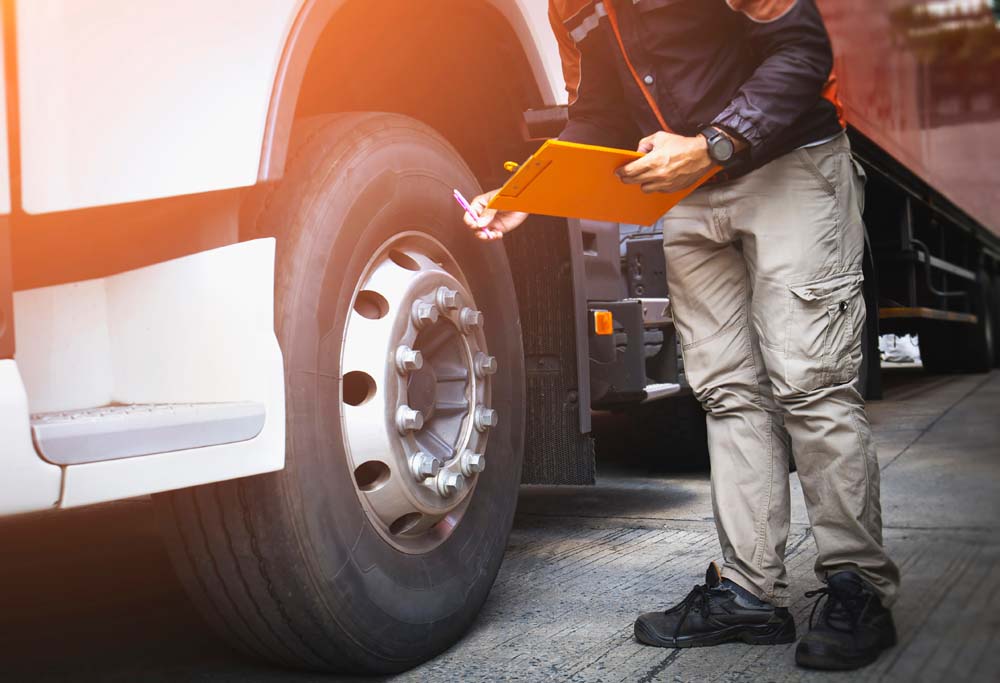
Latest Coach & Bus Industry News and Insight
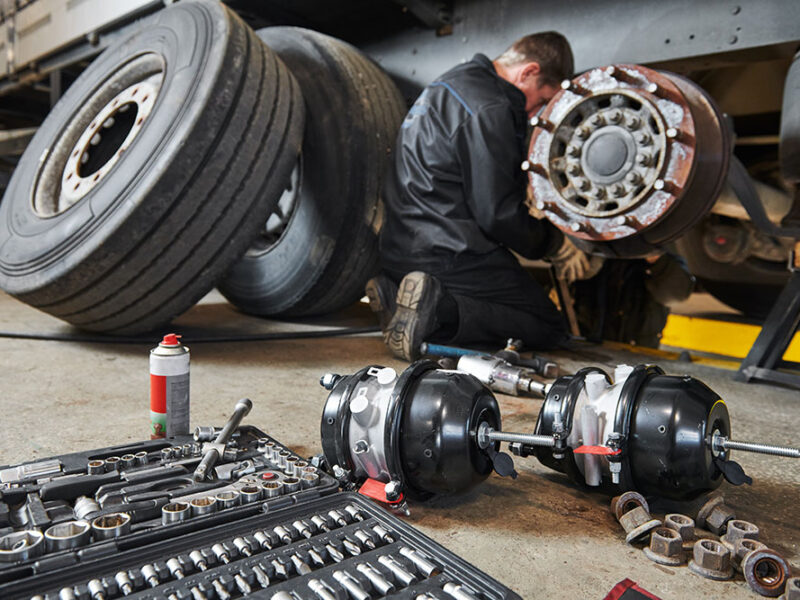
Revisiting the DVSA’s Guide to Maintaining Roadworthiness
In April 2025 the Driver & Vehicle Standards Agency (DVSA) issued the latest edition of its Guide to Maintaining Roadworthiness.
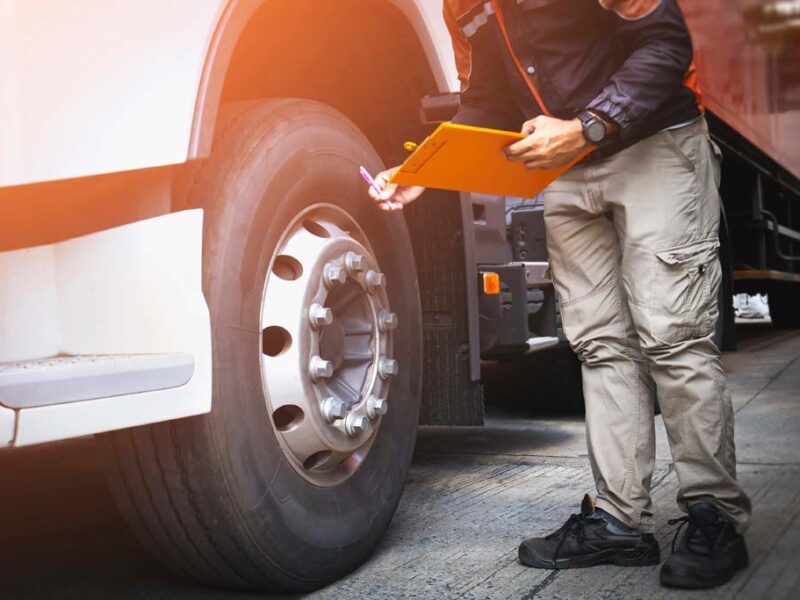
The Wheels on the Bus go Round & Round….but how do they Stop?
At the tail end of 2024 a Public Inquiry was held in front of Traffic Commissioner Kevin Rooney where the subject of brake maintenance practices was called into question…
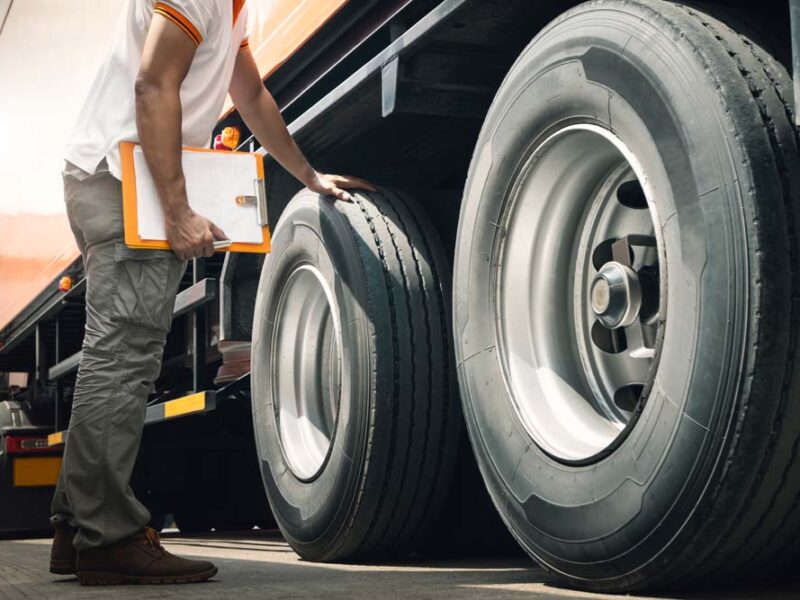
Maintenance Provision Rating Scheme for Commercial Vehicle Workshops is Launched
One of the key tenants of running a commercial vehicle operation, whether ‘HGV’ or ‘PSV’ is that the maintenance of the vehicles is paramount. For some operators this will mean having their own maintenance facilities and teams to look after their fleet of vehicles in house, but the majority of operators in the UK are reliant on 3rd Party maintenance providers…

New Rules for Vehicle Operators and Drivers Carrying Out International Journeys
The Department for Transport and the Driver and Vehicle Standards Agency recently issued a bulletin regarding the new rules that vehicle operators and their drivers will have to comply with if travelling on international journeys…
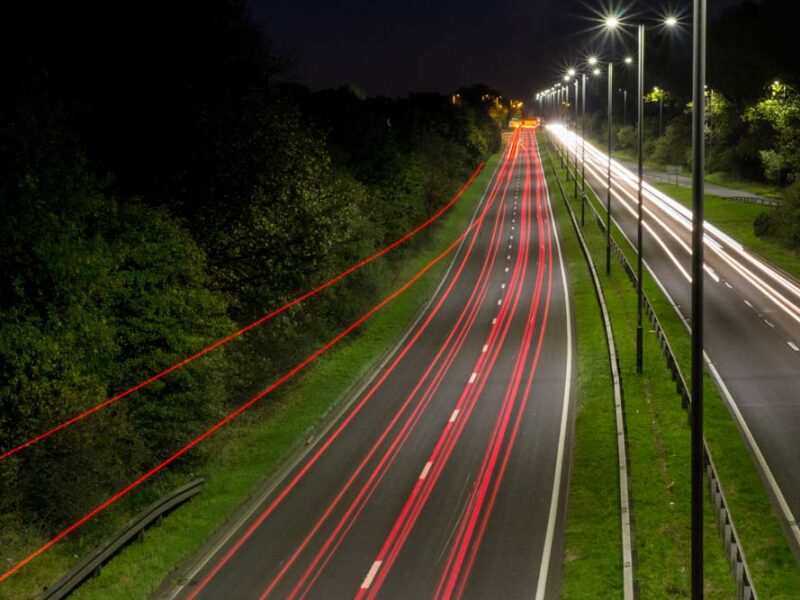
Road Haulage Association Members and DVSA Leadership Work Shadow Each Other!
To help highlight the Road Haulage Association’s “National Lorry Week” which this year was between 4th and 8th November 2024, the Road Haulage Association and the DVSA’s Leadership team decided to spend some time work shadowing each other….

2024 Update to Guide to Maintaining Roadworthiness (GTMR)
The Guide to Maintaining Roadworthiness is the Driver & Vehicle Standard Agency’s (DVSA) standard produced in collaboration with key industry stake holders which explains the responsibilities and systems involved in maintaining vehicles in a roadworthy….

New Driver CPC Reforms to be in Force from 3rd December 2024
Following a very lengthy consultation period on this matter launched in early 2023, Parliament finally debated the “Vehicle Drivers (Certificates of Professional Competence) (Amendment) Regulations 2024” on Tuesday 29th October 2024…
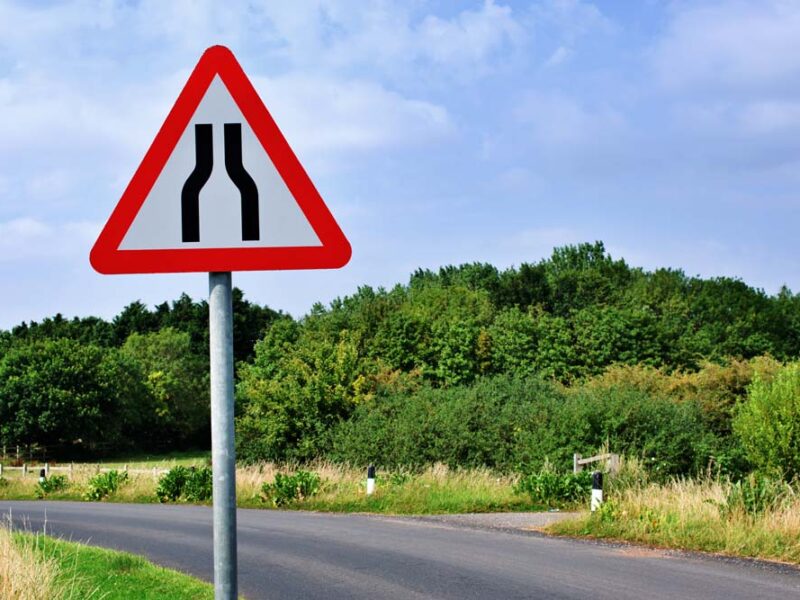
When Sat Nav’s Lead Lorries Astray!
Lorries getting into trouble and causing chaos in the small country roads of Great Britain have been making headlines again. Whilst a lot of this content is amusing and no doubt is a winner with internet audiences there is a very serious side to these incidents…

Traffic Commissioners 2023-2024 Report – the Highlights & the Lowlights of the Year
In early October the Traffic Commissioners of Great Britain published their annual report. The report encompasses the purpose of the individual Traffic Commissioners who are independent regulators for the goods vehicle and public service vehicle industries and their professional drivers…
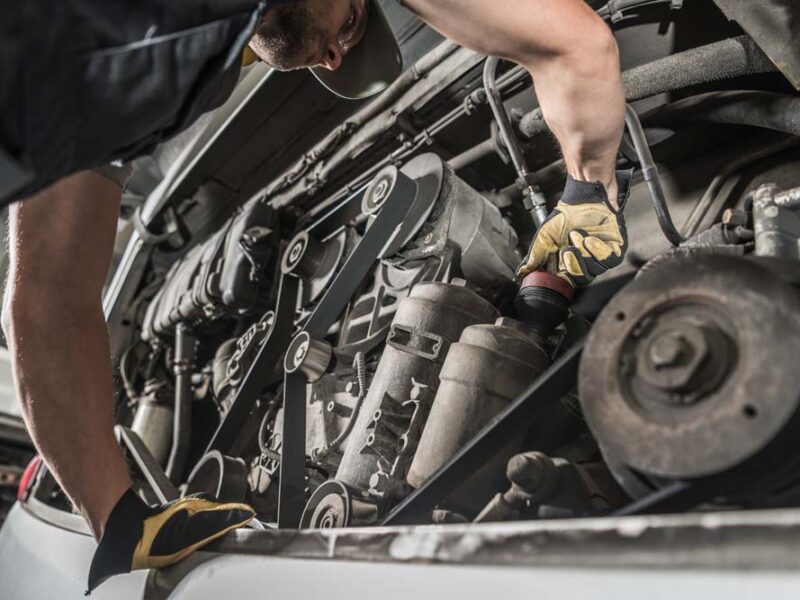
Vehicle Maintenance Data Collected by the DVSA
In a recent ‘blog’ by the DVSA’s Danny Charles the amount and type of data that the DVSA collects was discussed. Some may find it surprising how much data the DVSA holds and makes available to the general public on individual transport businesses…
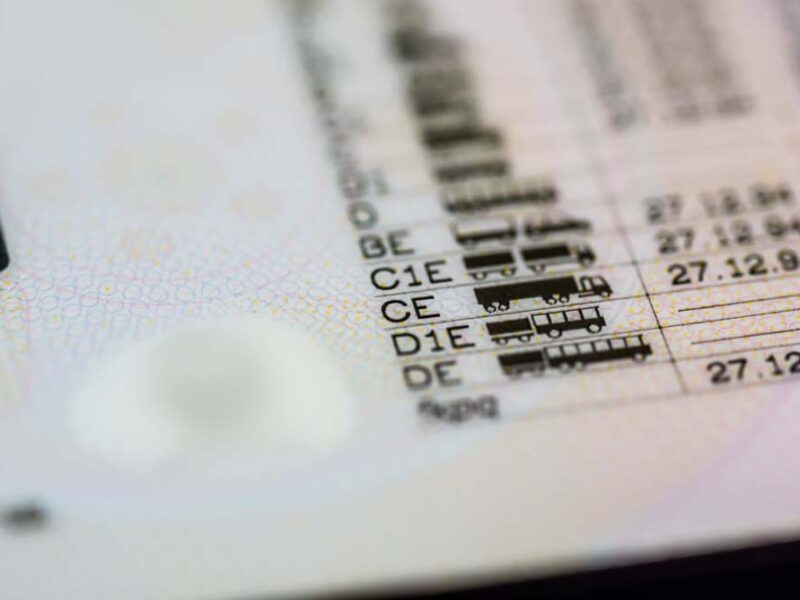
Murky Mini-Bus Waters in UK?
There has been reports in the industry news concerning the number of illegal operators of mini bus services who are operating un-hindered by the regulatory enforcement agencies…

Driver CPC – Changes Coming in 2024 and 2025
The Driver Certificate of Professional Competence (DCPC) was introduced in the UK in 2007, as specified in EU Directive 2003/59/EC for all commercial drivers…
